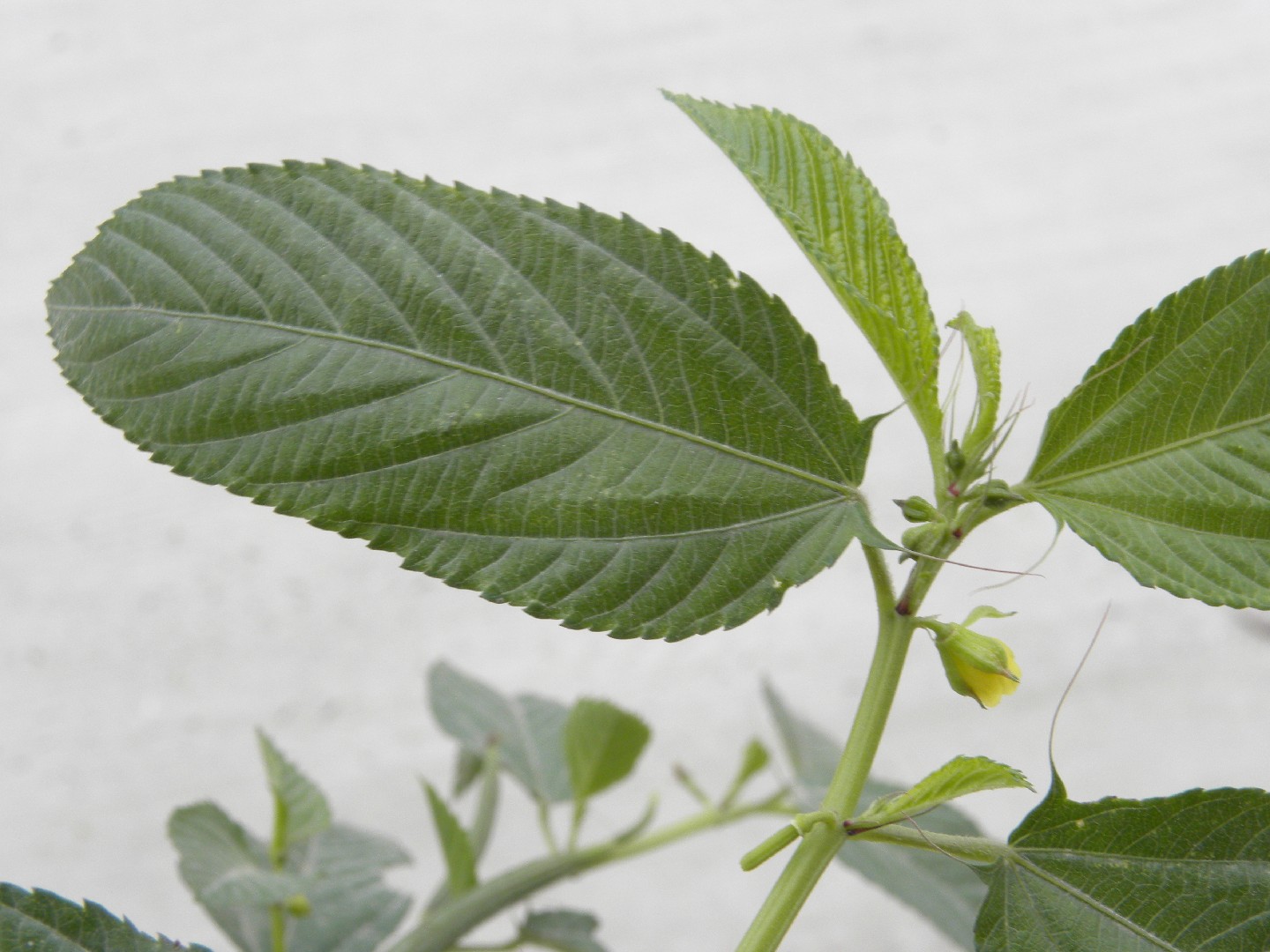Varieties
Capsularis varieties :
- Sabuja sona (JRC-212): 125-135 days variety and yeilds 3-3.5 t/ha.
- Shyamli (JRC-7447): 130-135 days variety and yeilds 3.5-4 t/ha.
- Fanduk: Early maturing (Reddish)
- D-154: 150-180 days variety and yields 2-3 t/ha.
- Sonali (JRC-321): 150-160 days variety and 2-2.5 t/ha.
- JRC – 1108: Resistant variety, 25-35 q/ha.
- JRC-4444
- UPC-94
Olitorius varieties
- Baisakhi tossa (JRO-632): 140-150 days variety and yields 4.0 t/ha.
- Chaitali tosa (JRO-78): red stem, 150-160 days and yields 3.0 t/ha.
- Basudev (JRO-7835): yields 3-4 q/ha
- Navin (JRO-524): 140-150 days variety and yields 3.5 t/ha.
Some commonly growing varieties are JRO-620, JRO-36, Dhaleshwari, Phuleswari, Fanduk, Chinsua, Sanali, Pusa , Baisakhi, c-206, c-212, c-412, O-630, O-632 etc.
Some varieties recommended for Nepal
a. Ithari-1 (Lisa) (White Jute)
- Originated in Brazil.
- 204-312 cm plant height, 1.5-2.6 cm stem diameter with less branching.
- Small brown seeds, bitter leaves and yellow flowers
- Matures in 110-125 days and potential fiber yield 3.4 t/ha.
- Light cream-colored fine fiber.
- Tolerates water logging to some extent and resistant to semi-looper, Bihar hairy caterpillar, yellow mosaic, stem rot, collar rot and root rot.
- Planted from Chaitra-Jestha in Nepalese condition.
b. Ithari-2 (Sunaula Pat/ T-86) (Tossa Jute)
- Originated in Taiwan.
- 241-339 cm plant height, 1.23-1.84 cm stem diameter with cylindrical and tapering type branches
- Tasteless leaves used for culinary purpose, Blue colored seeds.
- Matures in 112-120 days with potential fiber yield of 3.3 t/ha.
- Light brown to golden brown fiber.
- Planted from Chaitra-Jestha in Nepalese condition.

Crop rotation and Intercropping
- Can be intercropped with mung bean and groundnut.
- Spacing for mung bean (40 cm) and groundnut (60 cm) accommodate rows of jute spaced 20 cm within after the legumes are about one month old.
- Crop rotation varies under irrigated and rainfed condition